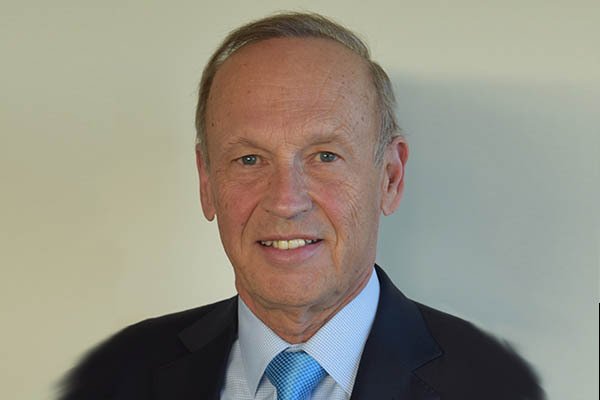Q1: You are fairly new at The Steadman Clinic. Can you tell us what the attraction was for you to come work at TSC?
For at least the past 10 years I had been communicating with Marc Philippon and we have been professional colleagues and friends. He has referred me patients in Santa Monica and conversely, I also referred patients to Dr. Philippon for the procedures in which he specializes.
So, we had some discussions over the past 10 years, just kind of casually. “Why don’t you consider coming and joining us in Vail?” he would say. And I would smile and say, “Why don’t you come out to Santa Monica? Santa Monica’s even bigger . . . “
Finally, I decided to come out here and talk. Actually, I had an invitation to go elk hunting in Eagle, Colo., so my wife and I made the trip. I started talking with Marc and the others and it made sense. It looked attractive for several reasons. One is the model they have of providing top-level orthopaedic care with a group of high-level orthopaedic specialists. Beginning with Dr. Steadman, they have been very careful in the selection of who joins the group. Because of that they get referrals from a wide area, not only nationally but internationally, and it agrees with the practice I have been able to build in Santa Monica.
Additionally, The Steadman Clinic has the relationship with the Steadman-Philippon Research Institute which is really a top university-level research institution. Research at that level is very unique for a private entity like this.


